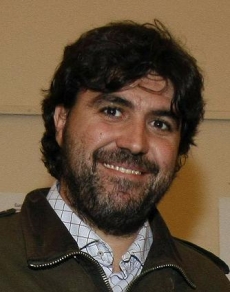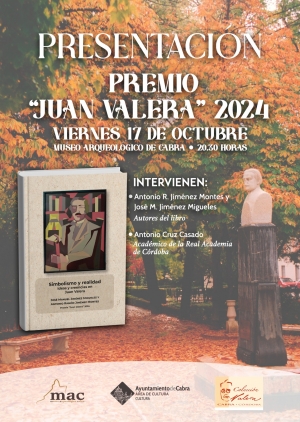|
|
The English Corner: The story behind the words III
08.02.11 - Escrito por: Alex García Rosal
 Hooligan Hooligan
This word refers to a noisy violent person who causes trouble by fighting other people, usually in football stadiums. It comes from the name Patrick Hooligan, a famous Irish criminal in the XIX century who was often hired by certain restaurants, pubs and public centres to take care of unwanted customers. There is also a theory that associates the term with the Hooley gang that terrorised London in the 1890s.
Picnic
This word comes from the French word pique-nique, which first appeared by the end of the XVII century. It referred to a type of social entertainment in which each person who attended it brought a share of the food. It was around the middle of the XIX century that this word started to be used in English to mean an outdoor meal.
Cardigan
This word meaning a knitted jacket fastened with buttons, was named after James Thomas Brudenell, 7th Earl of Cardigan. This piece of garment was first worn by British soldiers during the cold winter of Crimea, where the Earl led the Light Brigade in the Crimea War in 1854.
Marathon
This word is used to refer to a running race of 42km 195m (26 miles and 385 yards). It has been used since the late 19th century and comes from Marathon in Greece, the place where the Greeks won a battle against the Persians. A messenger ran from that place to Athens to spread the news of the victory, hence the word was used to name this kind of race.
Honeymoon
This word first appeared in 1546 according to the Webster dictionary. Honey is a clear reference to the sweetest stage of a marriage, free of the usual problems that later appear in every marriage. The moon is not a reference to the lunar cycle but to the period of that sweetness. It's very probable that it will fade, just in the same way as the moon wanes and becomes smaller .
Bibliography
www.saberingles.com.ar
www.businessballs.com
|
|
|
|

|
|

